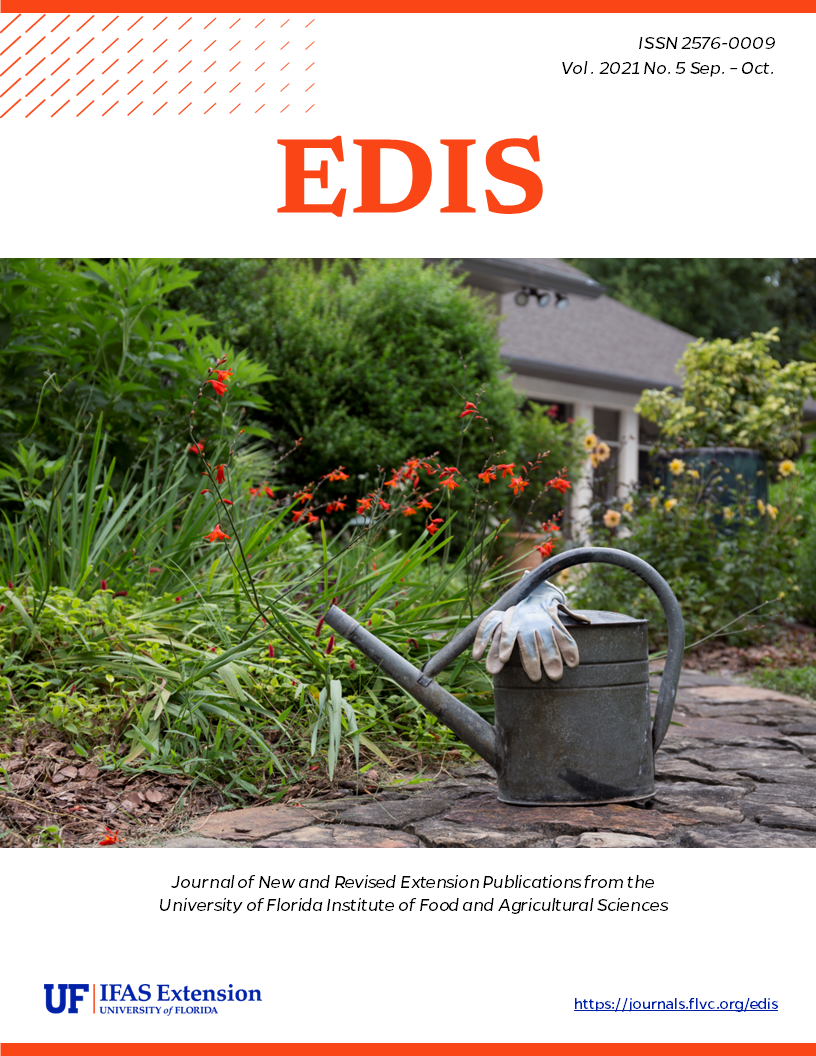Abstract
A good understanding of stock recruitment is essential for accurate stock assessment and good fisheries management. But recruitment and how it is used can be difficult to understand. This publication uses a recent Florida spotted seatrout stock assessment as an example to show how the stock-recruit relationship allows managers to determine whether or not a given fish population is overfished.
References
Addis, D., B. Mahmoudi, J. O’Hop, and R. Muller. 2018. “The 2016 Stock Assessment of Spotted Seatrout, Cynoscion nebulosus, in Florida.” Florida Fish and Wildlife Conservation Commission Florida Fish and Wildlife Research Institute, IHR number 2018-003. Available at: https://f50006a.eos-intl.net/ELIBSQL12_F50006A_Documents/IHR2018-003.Addis.2016SASS.pdf
Beverton, R. J., and S. J. Holt. 1957. “On the Dynamics of Exploited Fish Populations.” United Kingdom Ministry of Agriculture and Fisheries, Fishery Investigations, Series II, 19.
Goodwin, N. B., A. Grant, A. L. Perry, N. K. Dulvy, and J. D. Reynolds. 2006. “Life History Correlates of Density-Dependent Recruitment in Marine Fishes.” Canadian Journal of Fisheries and Aquatic Sciences 63 (3): 494–509. https://doi.org/10.1139/f05-234
Legault, C. M., and E. N. Brooks. 2013. “Can stock-recruitment points determine which spawning potential ratio is the best proxy for maximum sustainable yield reference points?” ICES Journal of Marine Science 70 (6): 1075–1080. https://doi.org/10.1093/icesjms/fst105
Myers, R. A., K. G. Bowen, and N. J. Barrowman. 1999. “Maximum Reproductive Rate of Fish at Low Population Sizes. Canadian Journal of Fisheries and Aquatic Sciences 56 (12): 2404–2419.
https://doi.org/10.1139/f99-201
Walters, C. J., and S. Martell. 2004. Fisheries Ecology and Management. Princeton University Press, Princeton, New Jersey.

